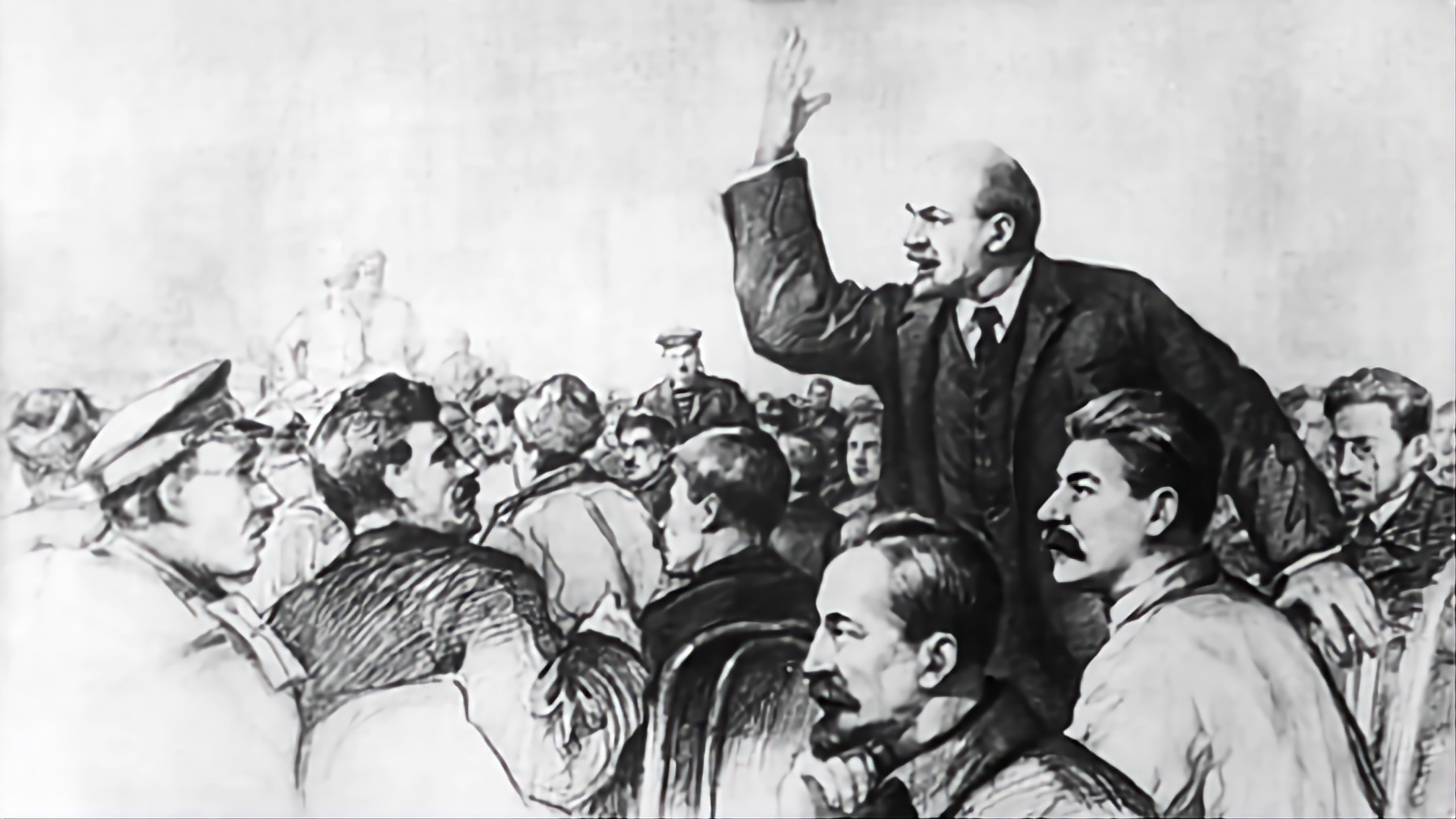

Breaking news: Whitehouse aide dies after being pushed up


Breaking news: Whitehouse aide dies after being pushed up



We’re not gonna make it are we? People I mean


It’s conceivable that running at a lower wattage could crud up the coils more quickly, so charge it all the way. I hope this goes without saying, don’t make a disposable your main vape it’s obscenely wasteful


Or suppose you just buy the place outright, then 60-80% of the rent depending on how stingy you are and tax rate is just profit, you need not make any gains on the real estate at all, you’re in the black the whole time on paper should you ever need to secure a loan, and in a 10-20 years you have a property plus the initial cash you invested. Probably the least efficient but also least risky way to go about it, you can always midway between the two strategies depending on risk tolerance, landlording is good business!


I have nothing to base this on except my gut but it seems sort of implausible that engineers with the funding of a state, modern computer simulations and physics that is 80 years newer couldn’t reproduce what the Americans did in the 40s in just a couple of years


Transyphus: forced to tuck two boulders into a crevace only to have them pop back out for all eternity


It really is, another thing I find remarkable is that all the magic vectors (features) were produced automatically without looking at the actual output of the model, only activations in a middle layer of the network, and using a loss function that is purely geometric in nature, it has no idea the meaning of the various features it is discovering.
And the fact that this works seems to confirm, or at least almost confirm, a non trivial fact about how transformers do what they do. I always like to point out that we know more about the workings of the human brain than we do about the neural networks we have ourselves created. Probably still true, but this makes me optimistic we’ll at least cross that very low bar in the near future.


Clothing should in a way express your feelings and the way you see yourself relating to the world no? It’s called honesty bucko


I don’t hate people I disagree with, given the opportunity I’ll deal with them quickly and humanely!
The voice chat feature they show in the demo isn’t rolled out yet


Okay just thinking out loud here, everything I’ve seen so far works as you described, the training data is taken either from reality or generated by a traditional solver. I’m not sure this is a fundamental limitation though, you should be able to create a loss function that asks “how closely does the output satisfy the PDE?” rather than “how closely does the output match the data generated by my solver?”. But anyway you wouldn’t need to improve on the accuracy of the most accurate methods to get something useful, if the NN is super fast and has acceptable accuracy you can use that to do the bulk of your optimization and then use a regular simulation and or reality to check the result and possibly do some fine-tuning.


The charging document notes that Heyman broke the trooper’s “state-issued bike bell,” which costs $62.
And through the grapevine I’ve heard at least one student received notification from campus police that they are banned from campus with no mention of exceptions for educational reasons. It seems they are planning to suspend or expel at least some students.


So this is way way outside my expertise, grain of salt and whatnot… Wouldn’t the error in most CFD simulations, regardless of technique, quickly explode to its maximum due to turbulence? Like if you’re designing a stirring rotor for a mixing vessel you’re optimizing for the state of the system at T+ [quite a bit of time], I don’t believe hand crafter approximations can give you any guarantees here. And I get the objection about training time, but I think the ultimate goal is to train a NN on a bunch of physical systems with different boundary conditions and fluid properties so you only need to train once and then you can just do inference forevermore.


NNs to approximate physics is super cool though. The second least objectional application of AI after doing really good at two player board games.


A poisonous cloud is hanging over Berlin…
what a shitty metaphor
…after a chemical factory blaze
oh


Okay I’m posting this in news even though I don’t have a link, but my source is super solid…
In the first round of arrests at UT Austin the Travis county DA cited “copy pasted” probable cause affidavits as reason for dropping the charges. This time around the campus police took their time with the paperwork, which is why we haven’t heard yet whether the charges are going forward. They were instructed to “personalize” all the PC stuff and … they’re still copy pasted, at least some of them are. With the thousands of hours of video and all the effort they could muster they still couldn’t do it, as far as is known the only difference from last time is that they’re trickling in gradually rather than all being filed at once.


It seems plausible it could be a poison, for example:
Symptoms of ricin poisoning depend on whether a person breathes in the ricin, eats it or gets it in a shot. When breathed in, ricin causes fever, chest tightness, cough and breathing problems. Ricin can cause a fluid buildup in the lungs, known as pulmonary edema.


Palestinian Solidarity Committee at UT is collecting for bail fund: Venmo @psc_atx


Some of the students, and particularly the Greek culture, are really not okay, they regularly harass anyone displaying solidarity with palestine. https://texashillel.org/israel-block-party/
Wtf I actually need this